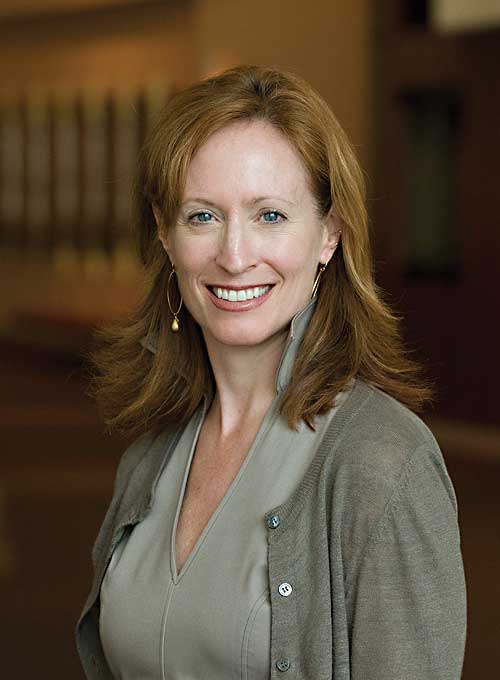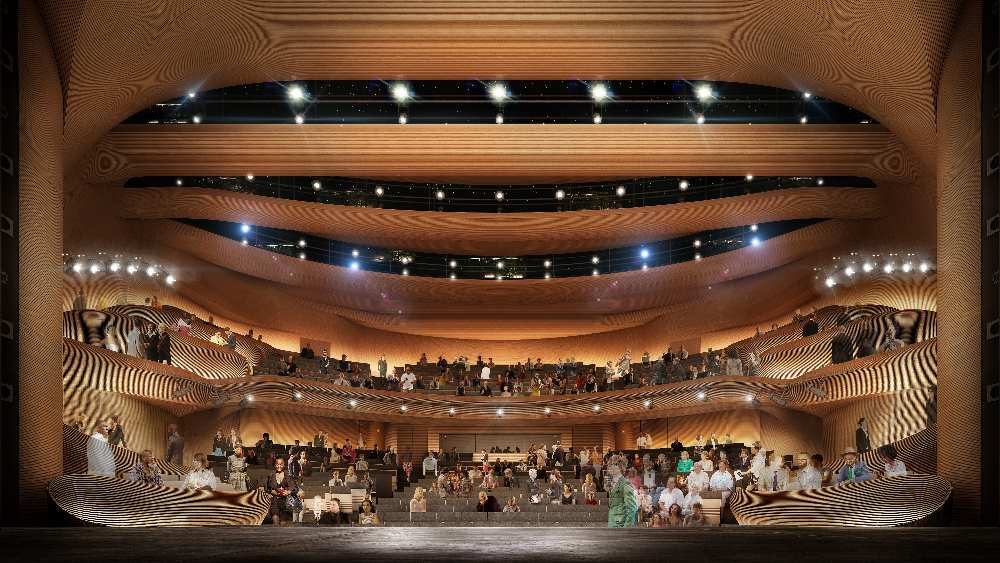ATLANTA: The Alliance Theatre has announced that due to renovations on its home at the Robert W. Woodruff Arst Center, the theatre company will take its 2017–18 season on the road to 12 different venues in the metro Atlanta area. “We’re going to be theatre Foursquare,” artistic director Susan V. Booth said over the phone.
The Woodruff Arts Center is currently in the middle of a $100 million capital campaign to renovate its spaces, which house the theatre, the Atlanta Symphony Orchestra, and High Museum of Art. The arts center was built in 1968, and 2017 will be its first major upgrade. Renovations will begin in summer 2017.
For the Alliance, this will entail a transformation of the theatre’s mainstage, costume shop, rehearsal hall, green rooms, dressing rooms, and classrooms for its education program. In addition, there will be technological updates, including the installation of LED lighting and projections.

The renovation of its mainstage, which seats 770, will include a more equitable distribution of mezzanine and orchestra seats, and the building of a common entryway into the theatre.
“Having a balcony that had an independent set of stairs has some history in the South that I wasn’t interested in perpetuating,” said Booth, referring to the legacy of racial segregation. “It was important to me that we had a space that was utterly democratic and fostered and celebrated a sense of community within its audience.”
This sense of community is why, for the 2017–18 season, instead of taking up temporary residence at a comparable space, the Alliance will become an itinerant company, taking its shows to multiple spaces around the city.
The new spaces haven’t all been announced yet, but the Alliance reports that it is currently in talks with the Ferst Center for the Arts at Georgia Tech, Fernbank Museum of Natural History, the Estate, the Conant Center for the Performing Arts at Oglethorpe University, and Southwest Arts Center Performance Theatre.
“I don’t go much more than a week or two without someone saying, ‘I wish you guys could come do what you do and fill in space here,'” says Booth. “It’s what our field is dealing with right now. So why wouldn’t we take a year to learn what that means? To learn what it means to go into a new neighborhood, to go into a school, or to go into an athletic facility on a university campus?”
The goal of the exercise is to attract new audiences and bring them back to the Woodruff Center in subsequent seasons—all without losing any loyal subscribers in the bargain. Not all of the spaces in the mobile season will have proscenium stages, but Booth thinks that will be a learning experience in flexibility. She mentioned the notion of doing a Midsummer Night’s Dream in a botanical garden or Natasha Trethewey’s Native Guard, about an interracial relationship in 1960s Mississippi, at the Atlanta History Center. She even says that, if the season is a success in its own right, the Alliance might consider more off-site work in the future, even after it’s back home at the Woodruff.
“Ultimately, if we’re going to be around 50 more years, we have to figure out how to be nimble and responsive to a very wide multiplicity of potential audience members,” she said. “This is a year for figuring out what that might mean.”





